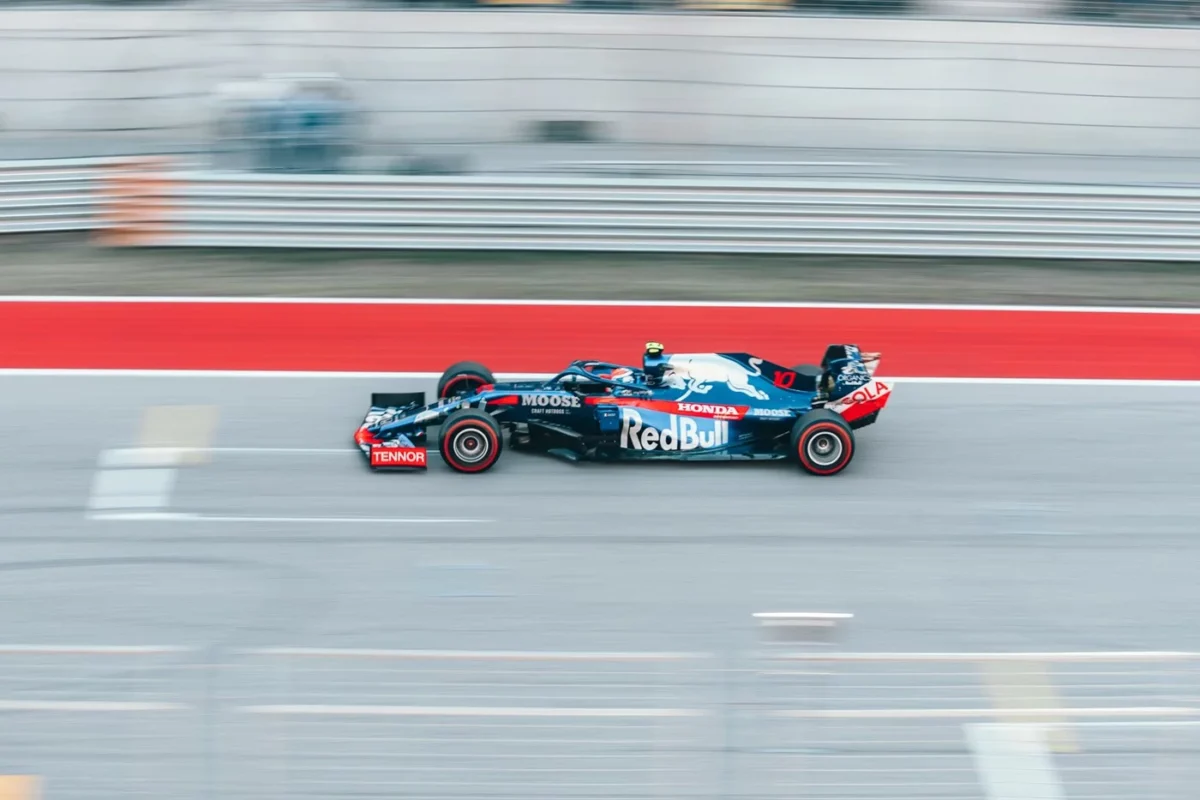
Telemetry systems are a crucial technology in Formula 1, allowing teams to monitor the performance of their cars in great detail. These systems transmit data from the vehicle to the team’s pit wall in real time, providing information about the car’s speed, acceleration, braking, and tire wear. The engineers use this data to optimize the car’s setup and strategy during the race.
Simulation software is a key tool for the teams, helping them model and predict the car’s performance under different conditions. These software programs consider factors such as aerodynamics, tire wear, fuel consumption, and weather conditions and allow teams to identify the optimal setup and strategy for the car.
Data analytics is essential, as teams generate vast amounts of data during a race weekend. This data includes telemetry, weather, and performance data, which is processed and analyzed using data analytics software. This helps teams to identify trends, patterns, and correlations that can be used to optimize the car’s performance.
Virtual reality (VR) is becoming increasingly popular, with some teams using VR headsets to train their drivers and engineers or to simulate different track conditions. VR allows teams to gain a realistic and immersive understanding of the car’s behaviour and the drivers’ performance, helping them to make informed decisions.
3D printing is being used more frequently, allowing teams to prototype and manufacture car parts rapidly. In addition, this technology enables teams to iterate and test new designs quickly and inexpensively.
GPS tracking is a tool that helps some teams to monitor the car’s movement and performance. GPS systems provide valuable insights into the car’s speed, acceleration, and braking, assisting the teams in optimizing the car’s setup and strategy.
Some teams also use wearable technology in Formula 1 to track the drivers’ physical condition and performance. For example, sensors and other monitoring devices can measure factors such as heart rate, respiration, and hydration levels, helping teams to ensure that the drivers are fit to race.
Cloud computing is becoming increasingly critical, with teams using cloud computing services to store and analyze data or access powerful computing resources on demand. This allows teams to scale their computing power up or down as needed and to get access to their data from any place with an internet connection.
In conclusion, Formula 1 teams are using a wide range of digital tools and technologies to optimize the performance of their cars and drivers. From telemetry systems to 3D printing, these technologies are allowing teams to gain a competitive edge in the highly competitive world of Formula 1. Digital technology can improve businesses in many ways. We can help you assess where you are on your digital transformation journey and guide you on the best path forward. Use our Digital Maturity Index to evaluate your current situation and take steps to transform your enterprise and make an impact digitally.

